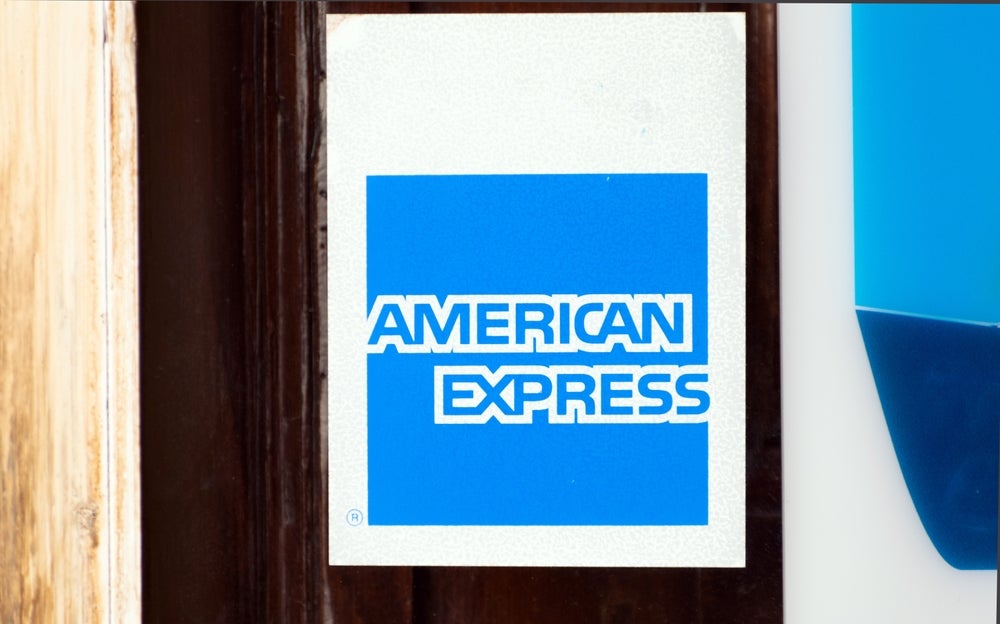sound customer relations, many US banks’ ATMs are failing badly in
this respect. Steven Lund, head of ATM maintenance specialist Level
Four Americas, discussed with Charles Davis the problems faced by
banks worldwide and solutions his company can provide.
consumer has zero tolerance for ATM downtime, making reliability a
key competitive differentiator for financial institutions.
Unfortunately, consumer experience does not always live up to
expectation.
According to surveys conducted by Harris
Interactive on behalf of Level Four Americas, a supplier of open
standards-based ATM software, 35 percent of US adults have had ATMs
unavailable for their use in the past 12 months. Among these
adults, 42 percent have experienced unavailability at an ATM three
or more times in the past 12 months.
Additionally, 28 percent of US consumers said
they would be “very likely” to switch banks if they experienced
recurrent instances of ATM unavailability. This is contrasted with
a survey conducted by Level Four last year in the UK, which found
that 38 percent of consumers would consider the move to another
bank, dependent upon the extent of their bank’s network of faulty
ATMs.
Steven Lund, president of Level Four Americas
LLC, told EPI he was “shocked” by the survey’s findings, even
though he knew that the shift from IBM’s OS/2 operating system to
Windows-based ATMs surely meant greater complexity in operating
systems.
“In today’s competitive banking environment,
customer retention is key to the success of financial
institutions,” stressed Lund. “Like most observers, I had just
taken for granted that ATMs worked 99.9 percent of the time, but
today’s ATM is a very different machine and the software stack is
so much greater that all sorts of variables are at play.”
As key customer touch points, ATM network
availability is of critical importance for financial institutions
in terms of customer retention. According to another consumer
survey conducted by Harris Interactive in June, 45 percent of US
banking consumers would be likely to switch banks if their bank’s
network of ATMs was often unreliable.
The survey findings further underscore the need
for banks to improve the reliability of their ATM network to
guarantee customer demands and expectations are met. In today’s
competitive banking environment, it is crucial for banks to ensure
that their ATM networks are thoroughly tested prior to deployment,
and employ modern monitoring techniques to minimise ATM downtime
and preserve customer loyalty.
How well do you really know your competitors?
Access the most comprehensive Company Profiles on the market, powered by GlobalData. Save hours of research. Gain competitive edge.

Thank you!
Your download email will arrive shortly
Not ready to buy yet? Download a free sample
We are confident about the unique quality of our Company Profiles. However, we want you to make the most beneficial decision for your business, so we offer a free sample that you can download by submitting the below form
By GlobalDataLund said that the change to Windows means ATMs
are “just another node on a network,” and as the software inside
ATMs has grown in complexity major systems changes mean real issues
for reliability.
“This is not something that banks like to talk
about, or even think about, but it is critical, particularly as the
economics of ATMs tighten,” Lund said. “I have one bank client
whose cost of service in the first year of Windows versus OS/2
increased threefold, which meant that suddenly their ATM network is
now unprofitable.”
Ensuring uptime
Level Four’s BRIDGE:control product assists banks
in ensuring ATM uptime by employing state-of-the-art methods to
deliver reliability at the ATM.
BRIDGE:control is helping banks maximise their
ATM uptime by using techniques such as remote software maintenance,
predictive hardware maintenance and direct-to-device diagnostics.
Additionally BRIDGE:test enables banks to automate their software
testing, minimising the chance of software failures which result in
downtime.
Lund said IBM’s withdrawal of support for OS/2 –
the long-reigning chief operating system for ATMs – has instigated
a period of change within the ATM marketplace as ATM networks shift
to Windows-based operating systems. The Windows system affords a
greater graphical capacity with options for advanced transaction
functionality and personalisation, and also goes hand in hand with
the extensions for Financial Services (XFS) open standard, which
enables banks to separate purchase decisions between ATM hardware
and software.
However, the move to Windows has resulted in
significantly increased complexity of the ATM terminal and a
greater frequency of change in the software environment, resulting
in a greatly increased testing burden.
BRIDGE:control takes a tiny software agent and
inserts it into the software stack on the ATM, so the client can
pick and choose the pieces they want and have custom plug-ins
written. For example, Lund said if an ATM network selects a series
of Windows processes to monitor, the agent can check to see the
critical processes are maintained. The operator can also crate a
pre-set threshold so the technicians will know something abnormal
is going on with the ATM before it crashes.
The goal, Lund said, is to create an active
remote monitoring system that allows ATM operators to detect
emerging problems and head them off by granting access to
technicians through the network so no one ever has to hop in a van
and head off to an ATM.
“Once you have this system in place, you have the
potential for predictive maintenance and troubleshooting,” he said.
“So, if you know, from your own analytics, that a card swipe is
good for a million swipes or so, the system will tell you when you
are nearing that total at an ATM and you can schedule the
replacement before you have a crash.”
Permissions at the system level mean that
technicians can remotely access the diagnostic tool for an entire
network, while individual branch managers can gain access to only
the ATMs at their location. A branch manager could log in and check
cash and paper levels at their branch’s ATMs, further reducing the
need for costly service calls.
“Every time the bank can handle something
in-house, it is a huge saving over dispatching the service
technician, and it ensures continuity of service,” Lund said.
Level Four Americas has built an impressive
customer base of banks and payments processors in North America
including Bank of America, CIBC and many of the top financial
institutions in the US and Canada. Level Four’s global customer
base includes Royal Bank of Scotland, ING, National Bank of Dubai,
VocaLink and Standard Bank of South Africa.
Headquartered in Charlotte, North Carolina Level
Four Americas parent company, Level Four Software, is located in
Dunfermline, Scotland and has offices in Dubai.







